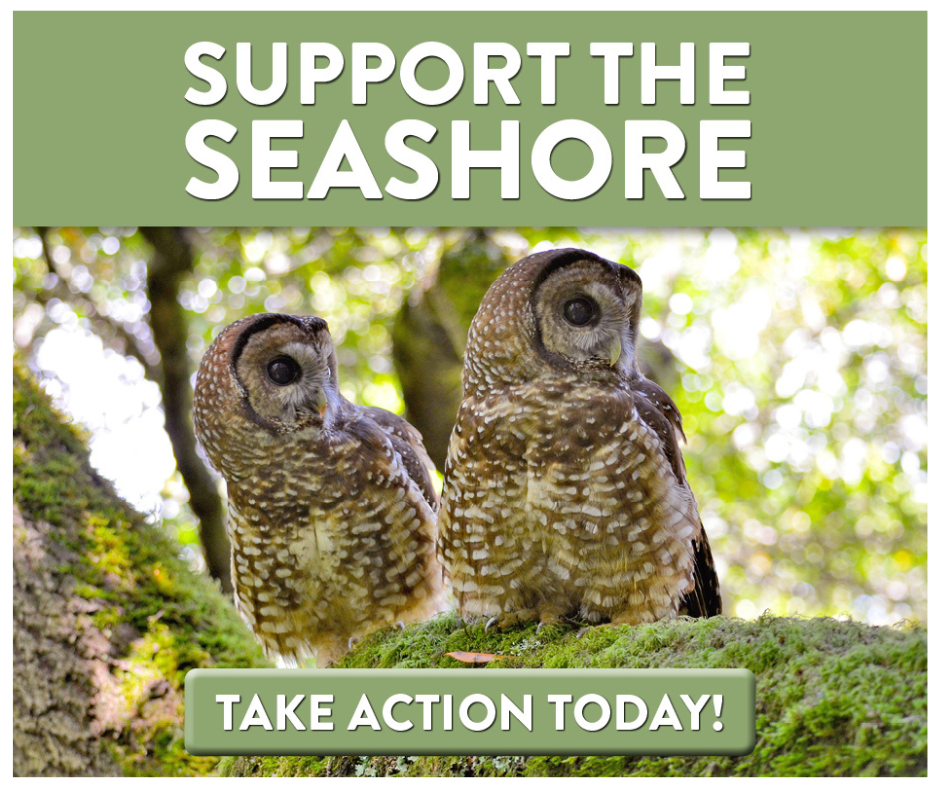Past Neubacher Marine Science Fund Grantees (2013 – 2021)
Assessing juvenile Dungeness crab habitat use to inform vulnerability to global change (2021) – UC Santa Cruz
Response of Resident North American River Otters (Lontra canadensis) to Wetland Restoration at Drakes Beach, Point Reyes National Seashore, California (2021) – River Otter Ecology Project
Does Epigenetic Variation Help Pisaster Ochraceus (Ochre Sea Star) Survive During Mass Mortality? (2019) – Lauren Scheibelhut (Post-Doc), UC Davis
Reconstructing Coho Salmon (Oncorhycnhus Kisutch) Provenance and Use of Tomales Bay Via Microchemical Analyses of Salmon Otoliths: A Pilot Study (2019) – Rachael Ryan (Ph.D. Student), UC Berkeley
Physiological and Behavioral Responses of Northern Elephant Seals to Global Change (2019) – Ellen Lam (Ph.D. Student), UC Berkeley
Understanding the Consequences of Burrowing Crabs for Plant Community Composition and Restoration in Northern California (2019) – Janet Walker (Ph.D. Student), UC Davis
Developing a Baseline Food Web of Coastal Ecosystems in Point Reyes National Seashore Prior to Top Predator Recovery (2019) – Joseph Jackson (MS Student), Sonoma State University
The Eelgrass Filter: Effects of Habitat Structure and Predation on Non-native Species (2019) – Benjamin Rubinoff (Ph.D. Student), UC Davis
Seasonal Food Habits of the North American River Otter (Lontra Canadensis) in Tomales Bay and Drakes Bay, California (2017) – River Otter Ecology Project and Marin Academy
Population Ecology of White Sharks (Carcharodon Carcharias) Off Central California (2017) – Paul Kanive (Ph.D. Student), Montana State University
Rapid Large-Scale Eelgrass Monitoring Using High-Resolution Remote Sensing (2016) – Max C. N. Castorani (Post Doc), Tom W. Bell (Ph.D. Candidate), UC Santa Barbara
Local Adaptation and the Future of Kelp in Point Reyes National Seashore (2016) – Jordan A. Hollarsmith (Ph.D. graduate student), Bodega Marine Lab, UC Davis
Restoration Genetics of the Endangered Tidewater Goby, Eucyclogobius Newberryi, in Support of Reintroduction and Recovery in and Around Point Reyes National Seashore and Golden Gate National Recreation Area (2015) – David Jacobs, Professor, UCLA, with two undergraduates
Understanding the Effects of Climate Change and Biological Invasions on Native Oysters in Tomales Bay (2014) – Jason Sadowski (Ph.D. Candidate), UC Davis and Bodega Marine Laboratory
Seasonal Trends in Kelp-Herbivore Interactions at Point Reyes (2014) – Nicholas Burnett, Dept. Integrative Biology, UC Berkeley
Does Tomales Bay Pacific Herring (Clupea Pallasii) Prefer Eelgrass (Zostera Marina) for Spawning? What Does Eelgrass Do for Pacific Herring and Do Predators Gain an Advantage When Eelgrass Populations are Diminished? (2014) – Hali Rederer (MS Student), Sacramento State University
Self-Recruitment and Population Connectivity Along the Northern California Coast (2013) – Erin Satterthwaite (Ph.D. Candidate), UC Davis and Bodega Marine Lab




